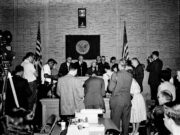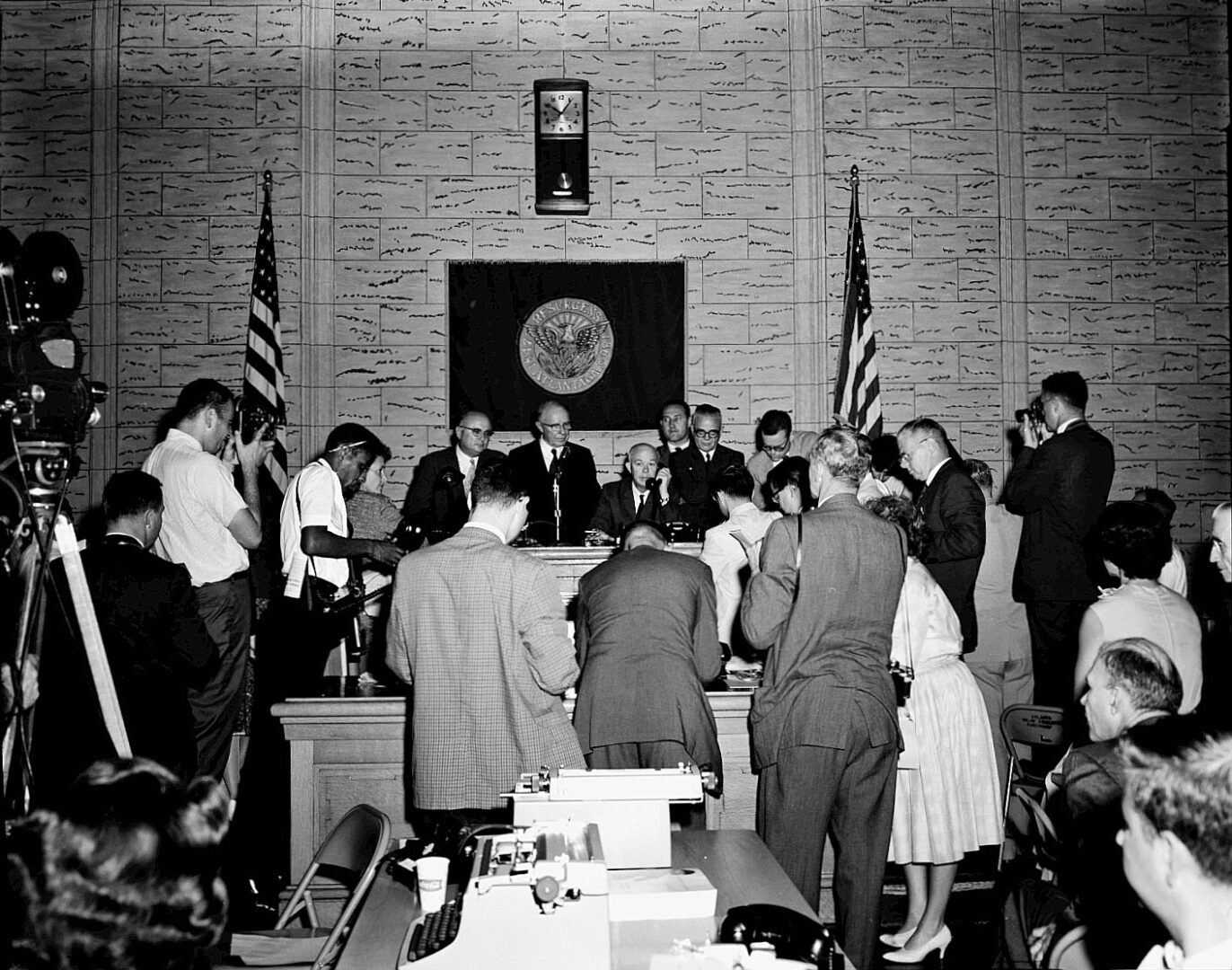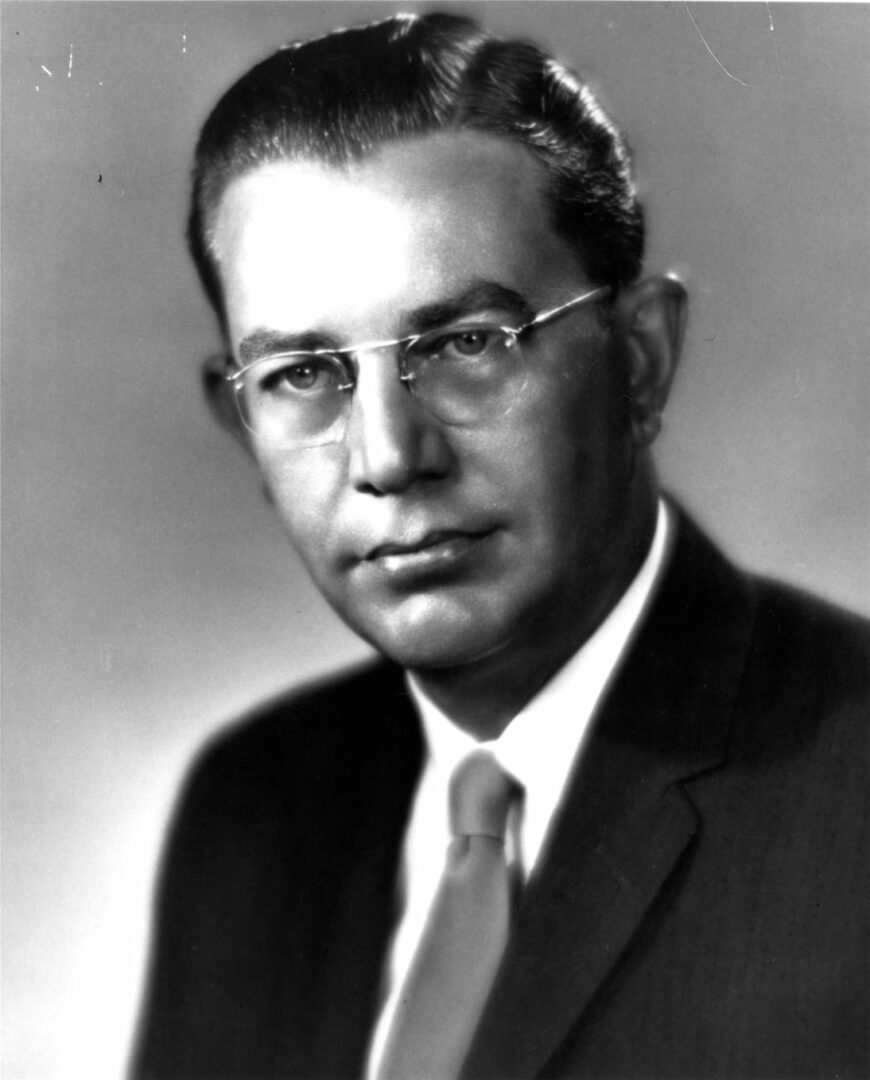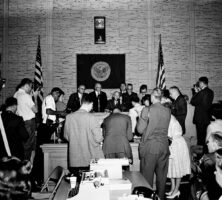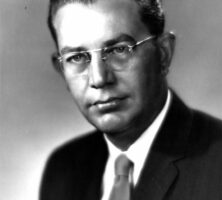In 1960 Georgia governor Ernest Vandiver Jr., forced to decide between closing public schools or complying with a federal order to desegregate them, tapped state representative George Busbee to introduce legislation creating the General Assembly Committee on Schools. Commonly known as the Sibley Commission, the committee was charged with gathering state residents’ sentiments regarding desegregation and reporting back to the governor. The report issued by the Sibley Commission laid the foundation for ending massive resistance to desegregation in the state and helped avoid a showdown between Vandiver and the federal government.
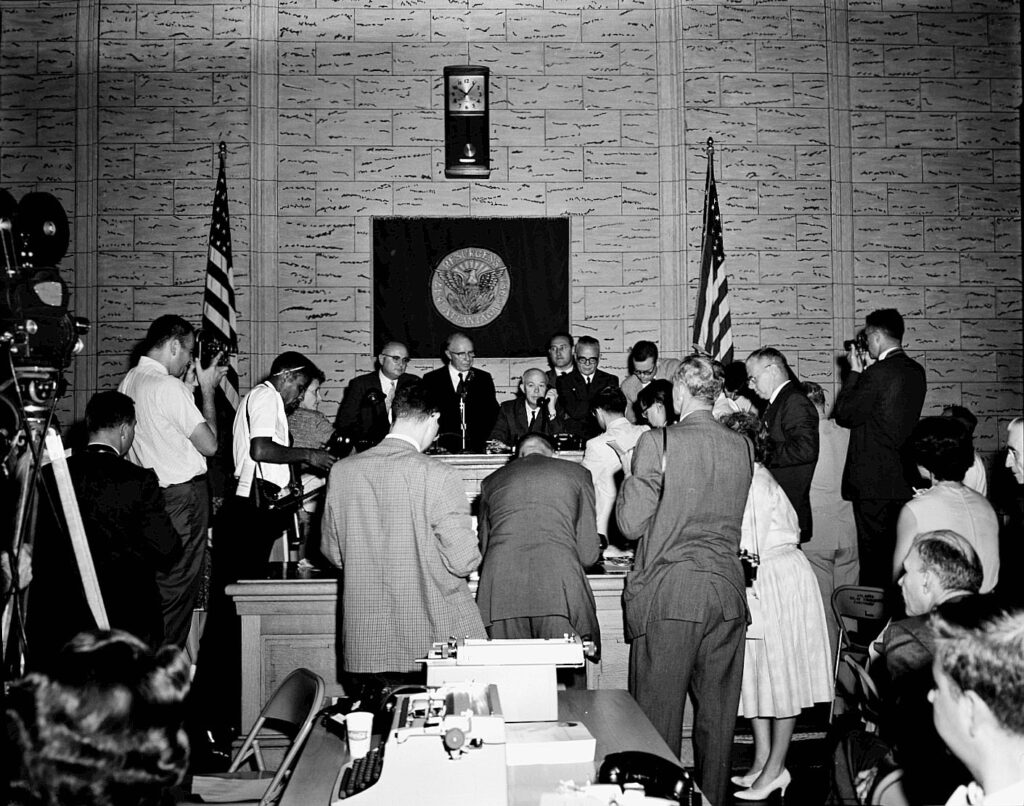
Courtesy of Special Collections & Archives, Georgia State University Library.
The Sibley Commission was the brainchild of Griffin Bell, Vandiver’s chief of staff. In 1959 U.S. District Court judge Frank Hooper ruled Atlanta’s segregated public school system unconstitutional and ordered it integrated. Hooper, however, delayed the implementation of the order for one year to give state authorities time to develop a desegregation plan. This decision presented a problem to state leaders who, after the 1954 Brown v. Board of Education decision, had determinedly resisted desegregation by passing measures designed to fight the integration of Georgia’s schools, including a constitutional amendment forcing the governor to cut off state funding to any school that desegregated. As the governor struggled with the decision of either effectively closing the public school system or implementing the widely unpopular option of desegregation, Bell developed the idea of putting the question to Georgia’s citizens, thus having them, in effect, make the decision for Vandiver.
The governor chose John Sibley to head the commission. A respected Atlanta businessman, lawyer, and president of the University of Georgia Alumni Association, Sibley was selected in part because of his opposition to integration. Though a staunch segregationist, Sibley believed that massive resistance was futile. In an effort to generate support for a “local option” concept in which school boards could determine for themselves whether or not to desegregate (a position that would not violate Judge Hooper’s ruling), Sibley chaired a series of hearings carefully orchestrated to minimize support for massive resistance. In ten hearings held across the state during March 1960, Sibley allowed witnesses to state their choice of two options: continuing massive resistance at the expense of the school system or amending state law to allow token integration while keeping segregation largely intact.
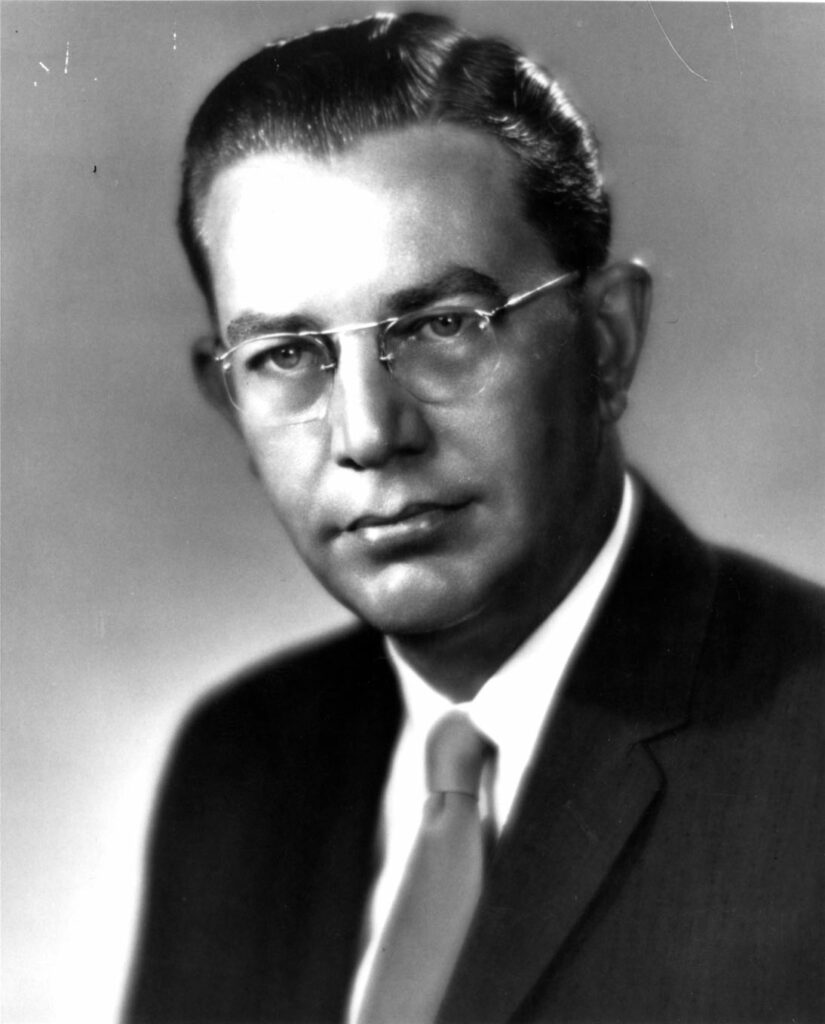
Courtesy of Hargrett Rare Book and Manuscript Library, University of Georgia Libraries.
Despite Sibley’s efforts to minimize support for resistance, 60 percent of witnesses favored total segregation. On April 28, 1960, Sibley, ignoring the results of the hearings, presented the commission’s report to state leaders, in which he recommended accepting Hooper’s decision while offering several measures that would allow schools to remain largely segregated. The General Assembly was scheduled to make its final decision during the January 1961 session, and Sibley spent the intervening eight months drumming up support for his plan.
Before the legislature had a chance to vote, however, a new crisis forced Vandiver to make a decision regarding segregation. In January 1961 a federal judge ordered that two Black students, Hamilton Holmes and Charlayne Hunter, be admitted to the University of Georgia. Citing state law, Vandiver issued a statement ordering the university closed. The next day, a federal judge reversed the governor’s decision, creating the potential for a showdown between the state and federal governments. (The university did not actually close since Vandiver never signed the closure order and university president O. C. Aderhold never received official word from the governor’s office to close the school.)
Choosing to avoid further confrontation with the federal government, Vandiver backed away from massive resistance and, in a speech before the assembly on January 18, introduced a bill that repealed laws designed to cut off funds for both the university and public schools, and that also adopted the recommendations of the Sibley Commission. The bill passed on January 31, and the Atlanta school system officially desegregated the following autumn. Although the Sibley Commission helped to prevent the violence that accompanied desegregation in other Deep South states, it also provided tactics that local school boards could use to slow down the desegregation process. As a result, serious attempts at desegregation across the state would not begin until the late 1960s.


